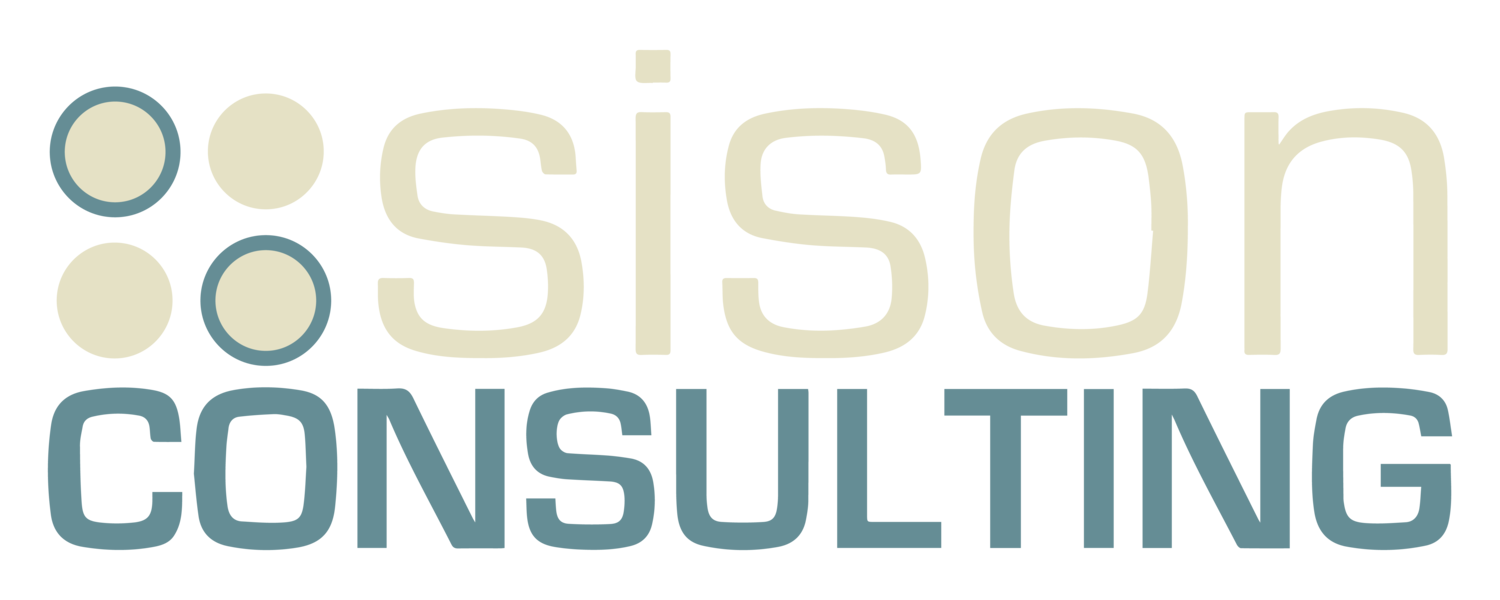4 Steps to Determine Your Stress Vulnerabilities
You don’t need a reminder of how the past year has been one of the most stressful in recent memory. The tremendous mental (and often physical) toll of COVID-19-related stress has challenged our ability to cope.
Photo by JESHOOTS.COM on Unsplash
Sometimes we don’t know where to begin in managing stress and starting the process of moving back to feeling okay.
Here’s an exercise to focus on where you are most vulnerable right now:
1: Make a Laundry List of your Miseries
Make a simple list of all your current stressors – large and small – without giving any thought to how important or how trivial they might seem. Include anything you can think of that cause undue anxiety or worry.
Keep in mind that stressors come in many different forms, and involve both living things (e.g., partners, relatives, pets) and non-living things (e.g., jobs, cars, and houses).
2: Prioritize the List
Rank your list by misery factor. Think of how much each of these occupy your mind, keep you up at night, or result in negative feelings. Number them with 1 as the highest source of stress on down to the item that causes you the least stress.
3: Label Each Stressor
Go through your list and labile each one as either option below:
IGAM (It Gnaws at Me): Some stressors may not make you extremely miserable, but they happen repeatedly, maybe every day. These are low-level aggravations that just never seem to go away. Ex: a boss’s obnoxious habit of interrupting you
ISMO (It Sets Me Off!): This may not happen often, but when it does, it causes you instant intense negative feelings. Ex: you value honesty and one of your relatives suggests you are lying; your anger is intense and immediate
4: Decide Which to Change First
From my work with change theory, I know that there are some stressors on your list that you are not able or willing to tackle right now. So forget about those for the moment.
Instead, go through your list a final time and choose 1-2 stressors that you are ready to do something about AND you feel confident that you can make some changes that lower the stressor or help you learn to cope with it.
These two areas are a great place to begin in managing your stress.








